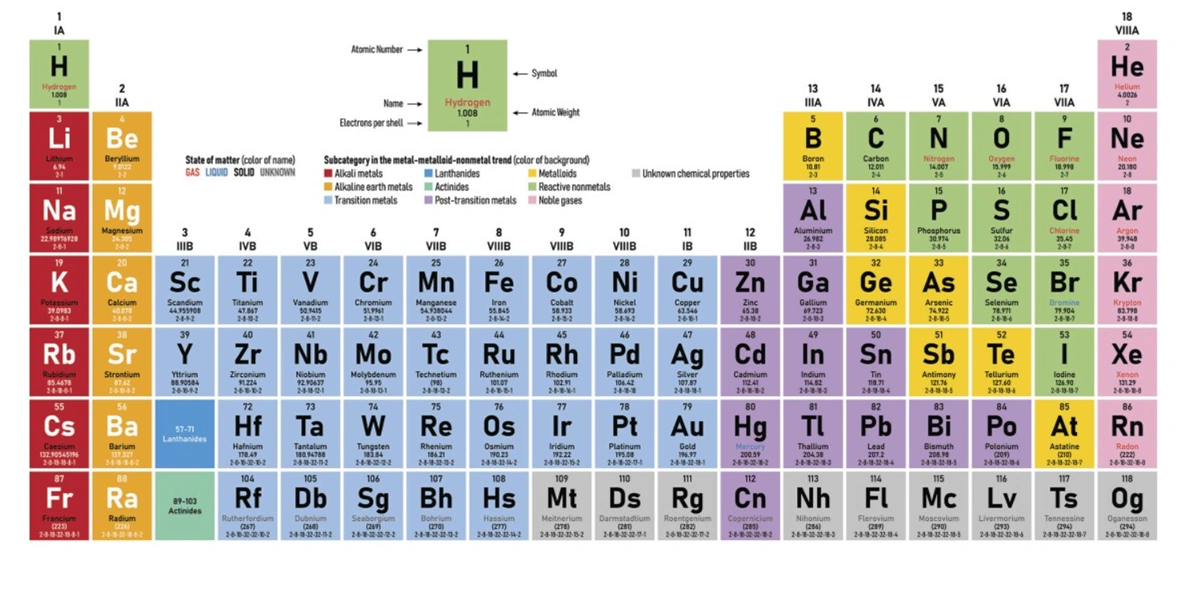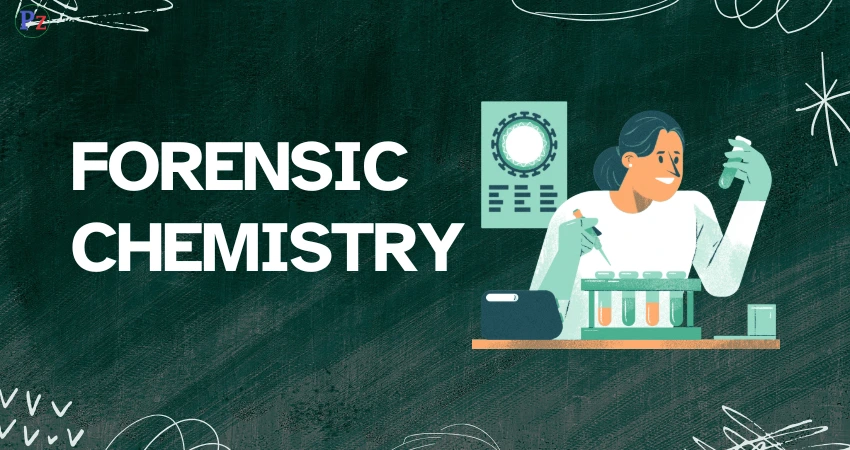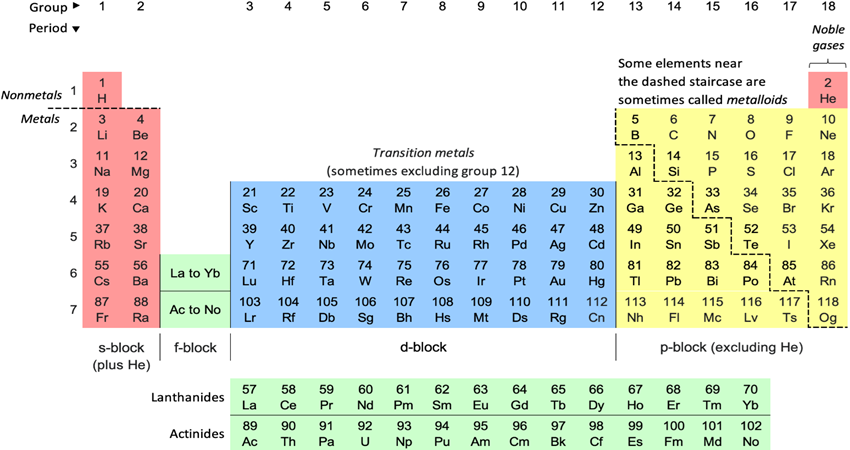Manufacture of Portland cement
The chief raw materials required for the manufacture of Portland cement are:
- Lime stone
- Clay
- Gypsum
Calcium oxide and iron oxide are obtained from lime stone, while silica and alumina are obtained from clay.
Following are the steps involved in the manufacture of Portland cement:
- Crushing and mixing of raw materials.
- Burning.
- Grinding of clinker.
- Storage and packing.
(a)MIXING
Mixing of raw materials is done by two methods as detailed below.
| Mixing | |
| Wet process | Dry process |
| In this process, raw materials are crushed separately and then mixed proper proportions. The final product is a dry mixture. | In this process, raw materials are mixed and powdered. The powdered in raw materials are mixed with water separately and slurries are prepared. The slurries are then mixed in proper proportions in mixing tanks. The final product is a fine slurry. |
Difference between wet process and dry process
| S. NO | Wet process | Dry process |
| 1. | It is an old method. | It is a new method. |
| 2. | Cost is high. | Cost is low. |
| 3. | Wet process is preferred, if lime stone and clay are soft. | Dry process is preferred ,if lime stone and clay are hard. |
(b) BURNING
The dry mixture from a dry process or a fine slurry from a wet process is burnt in a rotary kiln.

Fig (1) Rotary Kiln for cement manufacturing
The kiln is a steel cylinder of length 100m and diameter of 4m. The kiln is rotated slowly at a speed of about one revolution per minute. Oil or gas is used as a fuel for heating.
The feed which is introduced at the upper end of the kiln moves down slowly to the lower end of the kiln due to the rotation of the cylinder on its axis. During this downward movement of the feed material, various changes takes place at different temperatures with respect to the different zones inside the kiln.
Various zones in the kiln are:
(i) Drying zone: Temperature at this zone is about 400°C. Hence, the slurry dries up due to the evaporation of water.
(ii) Calcining zone: Temperature at this zone is around 1000°C. At this temperature, limestone decomposes to form small lumps called nodules.
CaCO3 → CaO + CO2
(iii) Clinkering zone: Temperature at this zone is around 1500°C . This is cement-forming zone. The lime and clay react together to form respective aluminates and silicates. These compounds fuse together to form clinkers.
2Cao + SiO2 → 2CaO SiO2 or C2S (Dicalcium silicate)
3Cao + SiO2 → 3CaO SiO2 or C3S (Tricalcium silicate)
3Cao + Al2O3 → 3CaO Al2O3 or C3A (Tricalcium aluminate)
3Cao + Al2O3 + F2O3 → 4CaO Al2O3 F2O3 or C3AF (Tetracalcium aluminoferrite)
(c) GRINDING
The resulted clinker is a greenish grey or black-coloured mass. It is in the form of balls. These balls are allowed to enter into the rotary cooler, where clinkers are cooled down.
These cooled clinkers are crushed and finally powdered in the grinding machines, which is carried out in ball mills or tube mills.
Usually 2%-3% of gypsum is also added to the clinkers before grinding. The gypsum is added to the clinkers in order to slow down the time of setting of the cement, so that it gets sufficiently hardened in less time.
| The dry mixture from a dry process or a fine slurry from wet process
↓ |
| From storage tanks
↓ |
| Rotary Klin
↓ |
| Formation of clinkers
↓ |
| Coolers
↓ |
| Gypsum → Grinding of clinkers in ball mills or tube mills
↓ |
| Storage in silos
↓ |
| Packing in bags
↓ |
| Distribution to different areas |
Flow diagram of burning and grinding process of cement
(d) STORAGE AND PACKING
The cement collected after grinding is stored in silos. The cement from silos is weighed and packed in bags. These bags are then distributed to various areas.
| Read More Topics |
| Describe the manufacture of Portland cement |
| Important aspects of cement |
| Manufacture of common refractories |





